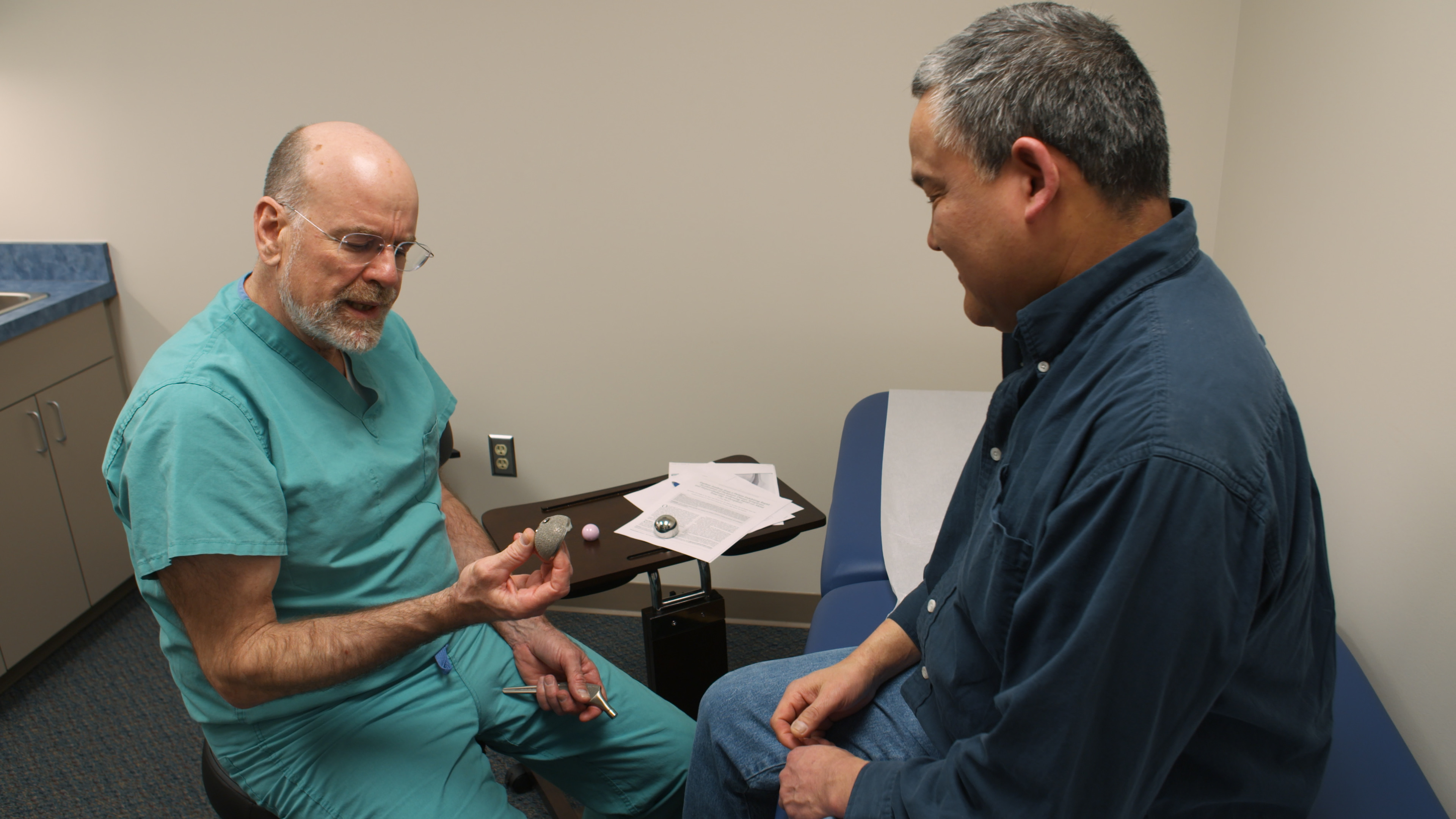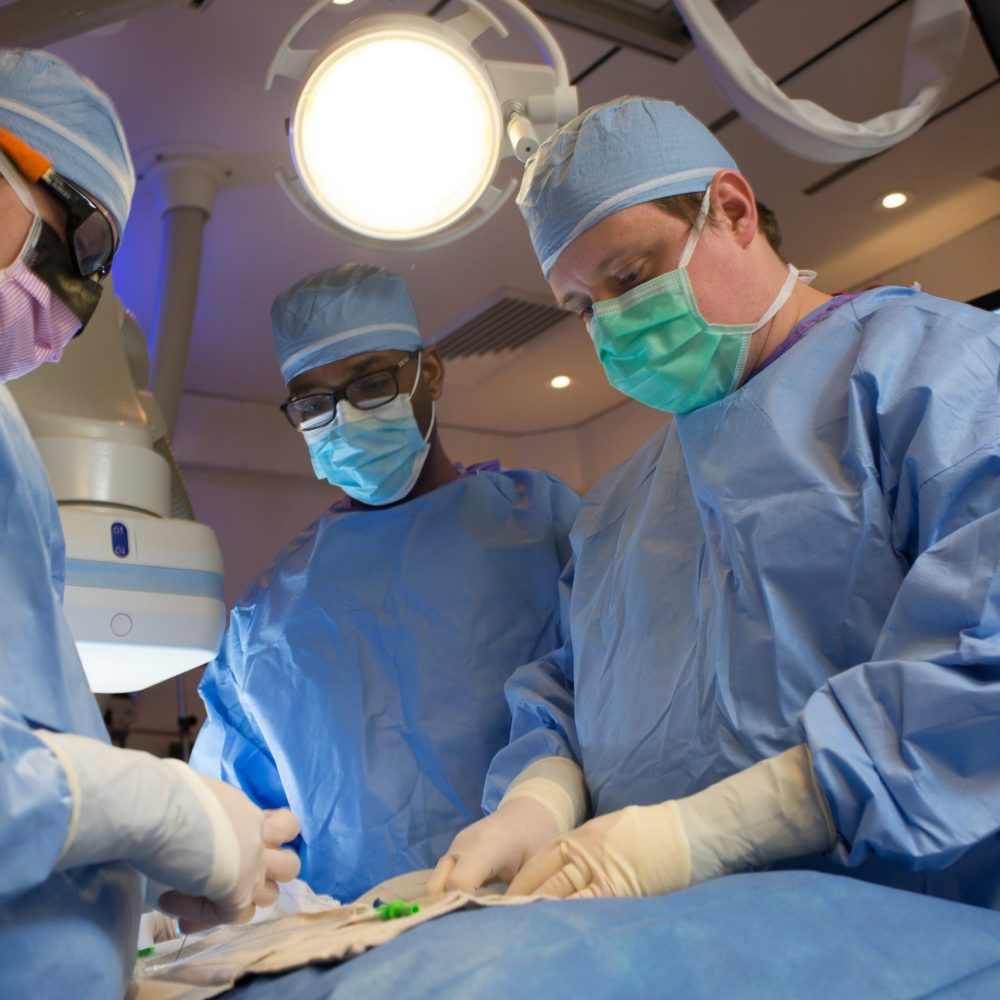
The decision to have hip replacement surgery should be a cooperative one made by you, your family, your primary care doctor, and your orthopaedic surgeon. This happens because the hip may not grow normally, and the joint surfaces are affected. Even though the problems are successfully treated during childhood, they may still cause arthritis later in life. Some infants and children have hip problems. Some diseases can also cause osteonecrosis. The lack of blood may cause the surface of the bone to collapse, and arthritis will result. This is called osteonecrosis (also sometimes referred to as avascular necrosis). An injury to the hip, such as a dislocation or fracture, may limit the blood supply to the femoral head. The cartilage may become damaged and lead to hip pain and stiffness over time. This can follow a serious hip injury or fracture. Rheumatoid arthritis is the most common type of a group of disorders termed inflammatory arthritis. This chronic inflammation can damage the cartilage, leading to pain and stiffness. This is an autoimmune disease in which the synovial membrane becomes inflamed and thickened. Osteoarthritis may also be caused or accelerated by subtle irregularities in how the hip developed in childhood. The bones then rub against each other, causing hip pain and stiffness. The cartilage cushioning the bones of the hip wears away. It usually occurs in people 50 years of age and older and often in individuals with a family history of arthritis. This is an age-related wear and tear type of arthritis. Osteoarthritis, rheumatoid arthritis, and traumatic arthritis are the most common forms of this disease. The most common cause of chronic hip pain and disability is arthritis.

According to the Agency for Healthcare Research and Quality, more than 450,000 total hip replacements are performed each year in the United States. Since the early 1960s, improvements in joint replacement surgical techniques and technology have greatly increased the effectiveness of total hip replacement. Hip replacement surgery is one of the most successful operations in all of medicine. Hip replacement surgery is a safe and effective procedure that can relieve your pain, increase motion, and help you get back to enjoying normal, everyday activities. If medications, changes in your everyday activities, and the use of walking supports do not adequately help your symptoms, you may consider hip replacement surgery. You may even feel uncomfortable while resting. Your hip may be stiff, and it may be hard to put on your shoes and socks. If your hip has been damaged by arthritis, a fracture, or other conditions, common activities such as walking or getting in and out of a chair may be painful and difficult.


What exercises and activities will help restore your mobility and strength, and enable you to return to everyday activities.What to expect from hip replacement surgery.Whether you have just begun exploring treatment options or have already decided to undergo hip replacement surgery, this information will help you understand the benefits and limitations of total hip replacement.


 0 kommentar(er)
0 kommentar(er)
